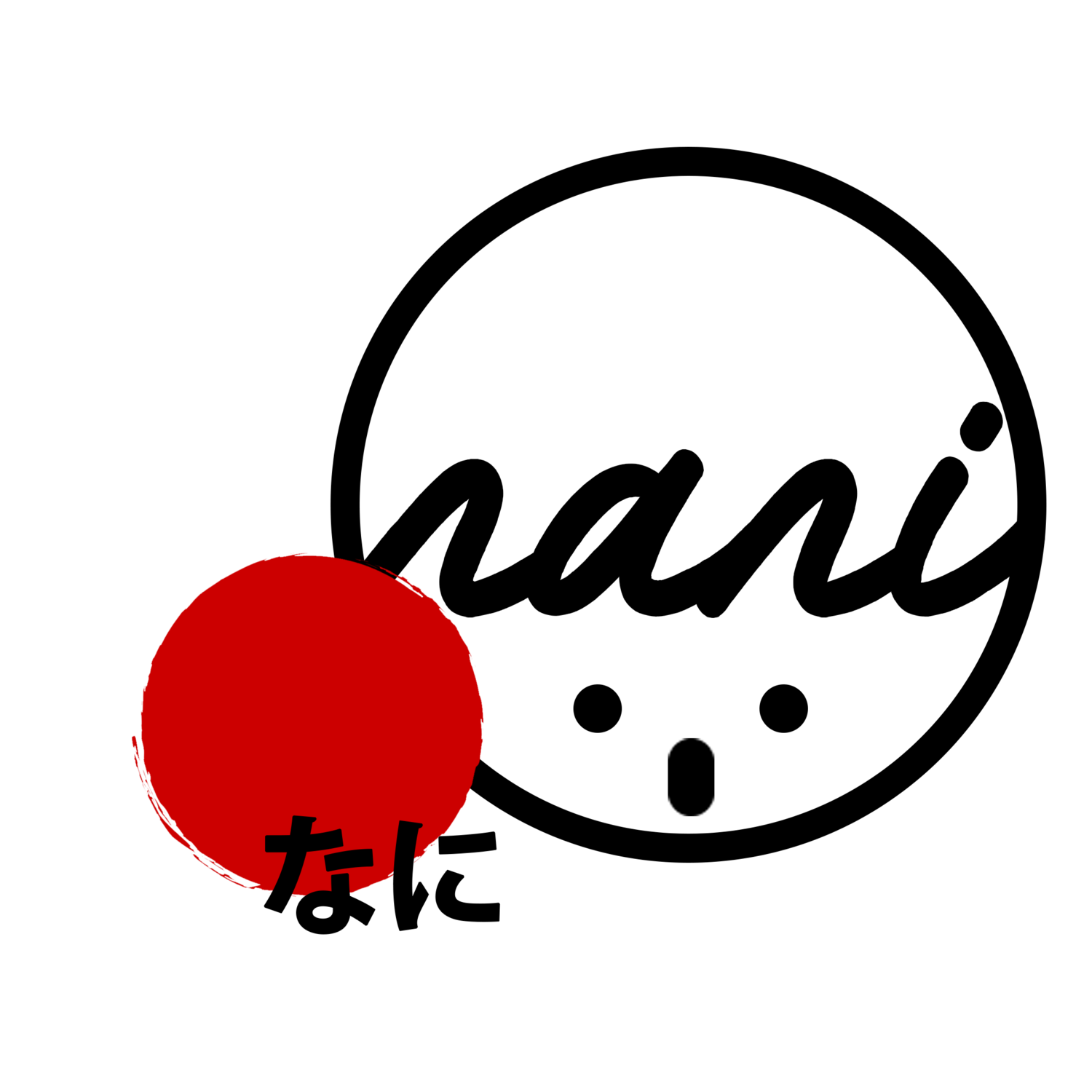Japanese Music - 5 interesting genres apart from JPOP!
When it comes to Japanese Music, my head went straight to “First Love” by Hikaru Utada (p/s don’t we all?) Tell me you don’t know the exact lyrics learned by ear albeit not understanding a single word of what we were singing.
We’ve probably heard Japanese Music at least once especially from games, films and movies - here’s 5 Japanese Genres apart from JPOP that you might not heard of!
1. Gagaku
Gagaku (雅楽) directly translated as “elegant music” is the oldest form of Japanese Classical Music in Japan. Gagaku is brought to the islands along with Buddhism that thrived in the imperial courts from the 700's.
Fused with the influence of Chinese, Korean and Japanese music, it further developed as music performed for the aristocrats and highest echelons of Japanese society during banquets and ceremonies, not for the general public.
In 2009, UNESCO placed Gagaku on the Intangible Cultural Heritage List, which safeguards traditions and practices.
2. Shōmyō
Shōmyō (声明) is a style of Japanese Buddhist chant, used mainly in the Tendai and Shingon sects.
Buddhism was formally introduced into Japan in the 600BC and one of the earliest forms of Japanese Buddhist music is shõmyō which derived from a Chinese adaptation of Indian Vedic chants before transitioning into lyrics that consist of the Japanese language.
A multicultural music, it consists of Sanskrit texts from India, bells and gongs from China, and wooden percussion from Japan.
3. Enka (1950s)
Enka (演歌) is sentimental ballad style music developed during the period post-war.
The term Enka was coined back in the Meiji Era as a form of political activism where songs of political satire were performed by singers on the streets.
The music, based on the pentatonic scale, has some resemblance to blues.
Enka shifted from political affiliations as it developed into its current form often with melodramatic lyrics revolving around themes of love and loss, loneliness, trying times and even suicide or death.
4. Visual Kei (1980s)
Visual Kei ヴィジュアル系 , translated as “Visual Style” is a musical movement characterised by elaborate make-up, hairstyles and costumes with sounds closely tied to glam rock, punk rock and heavy metal. It incorporates visual effects and elaborate costumes to heighten the experience of the music and the show.
Emerged from the underground scene in the 1980s, Visual Kei is known for its androgynous aesthetics with male artistes decked in feminine silhouettes and hairstyles dyed and sprayed in ways that made Mohawks look conservative.
5. Kawaii Metal
Kawaii Metal - A musical genre that combines elements of J-POP and heavy metal.
Recognised by it’s Kawaii Aesthetics with singers adorned in lolitas accompanied with upbeat melody and usually high pitched vocals.
The kawaii aesthetics are backed with contrasting metal instrumental elements and screams. Japanese girl group “Babymetal” is often credited with the creation and success of kawaii metal, having supported Lady Gaga in concerts and raked up over 100million views on youtube.
It is safe to say that Kawaii metal is a byproduct of Japanese youth redefining Japanese culture and mainstream media in an attempt to create a subculture of their own.
It has been interesting to see how Japanese Music evolved throughout the years with the same denominator - embracing influences and pushing boundaries to make it their own. So what are your thoughts on Japanese Music?
If you liked this article, you might enjoy reading more about Japanese Culture below:
The Tough Journey to Becoming a Geisha
The Wacky World of 80s Advertising in Japan
Try (Your Coffin & Burial Clothes!) Before You Die: Japan’s Shukatsu Festival
